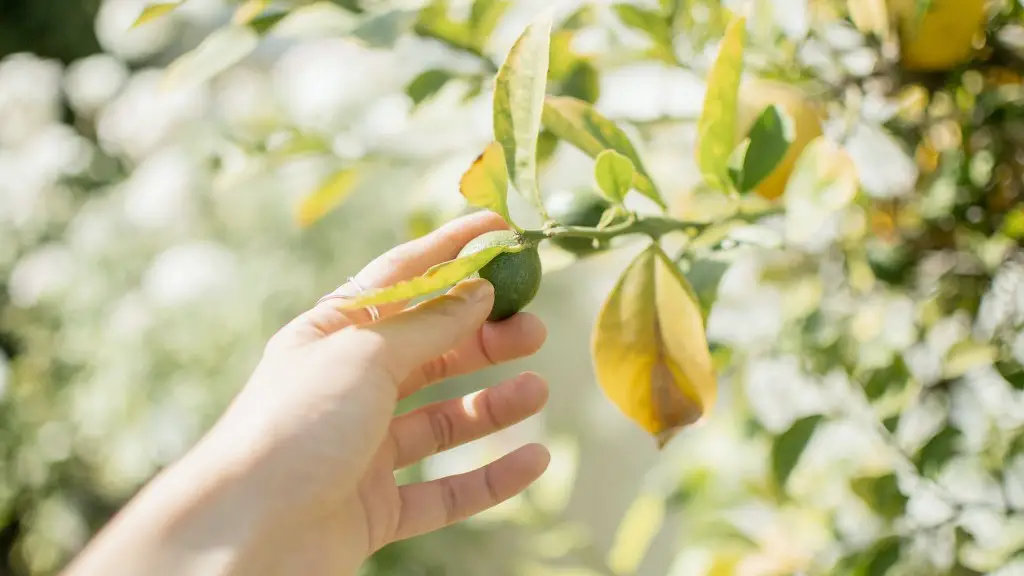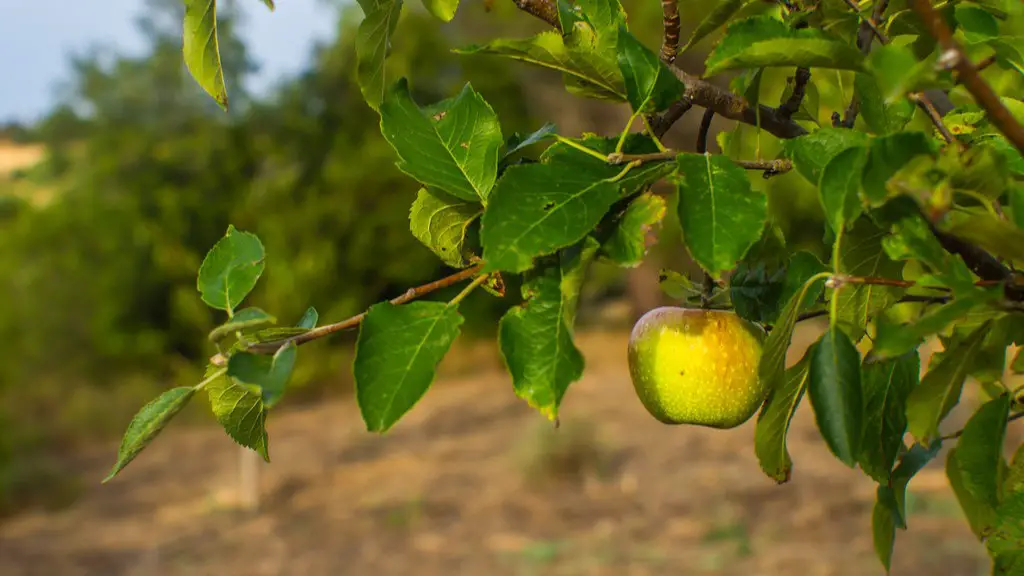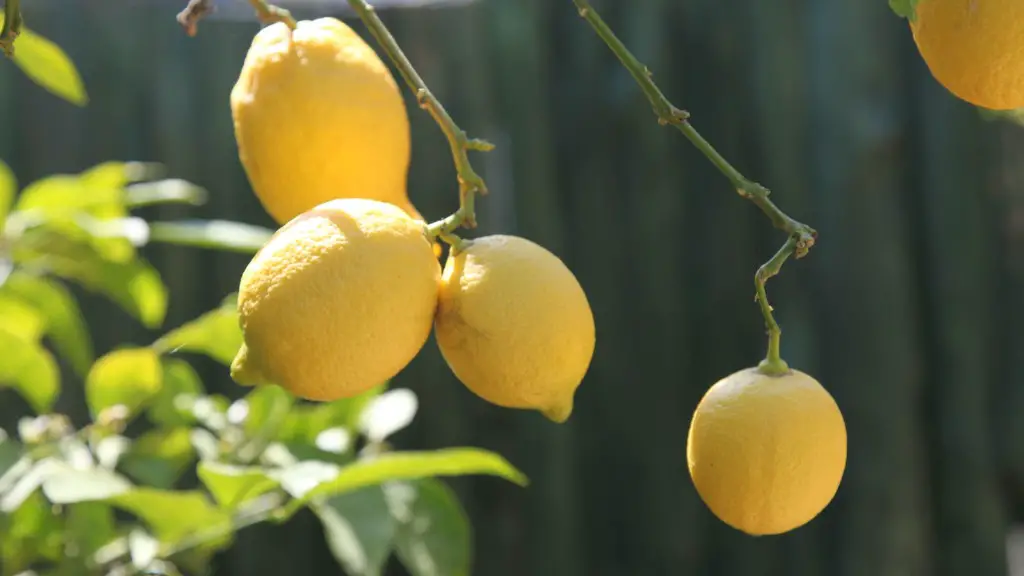Taking proper care of lemon trees during the winter season is essential to ensure that they receive adequate sunlight, water, and nutrition. With the right preventive measure, lemon tree owners will be able to keep their plants healthy and produce a bountiful harvest in the spring and summer. The following tips will help care for a lemon tree in the winter.
Proper Sun Exposure
Make sure that the lemon tree is getting enough sunlight during the winter months as it is important for photosynthesis. A sunny and airy spot will help the tree stay warm enough. Try to keep the tree in the sunniest, most sheltered area available on the property. During the winter season, since the sun is closer to the horizon and the days are shorter, try using a sunscreen cloth to provide more protection and keep temperatures from becoming too extreme.
Provide Adequate Watering
Watering regularly during the winter season is essential in order to keep the tree healthy and strong. Water as often as necessary, but do not allow it to get too soggy. During the colder months, it might be necessary to water the tree more often, especially if the soil is dry and the temperature is below freezing. However, if temperatures stay above freezing, watering on an alternate day basis should suffice. The amount of water necessary can vary depending on the soil type, tree size, and temperature.
Mulch and Fertilization
Adding a layer of mulch around the tree will help keep the soil warm and protect the roots from freezing. Apply it before the initial frost as it will also help retain moisture in the soil. As for fertilizing, the best time to do this is in the early spring when the tree’s bark is still soft and the tree is actively growing. Avoid using fertilizers in the winter as this could cause root damage.
Keep an Eye on Pests
Pests can cause significant damage to lemon trees during the winter season, so it is important to keep an eye on them. Common pests include scales, thrips, and whiteflies. Use a concentrate of insecticidal soap and spray the tree thoroughly and evenly until the entire area is covered. This will help eliminate any existing pests and prevent new ones from appearing.
Pruning and Training
Pruning and training are important steps in proper lemon tree maintenance. Pruning should be done in the late winter or early spring before new growth begins. Pruning will help remove dead and damaged branches, while training the tree helps to promote healthy and robust growth. Training should be done throughout the growing season, but especially during the winter, when the tree is most dormant.
Protect from Extreme Temperatures
Protecting the tree from extreme temperatures is important in order to ensure its overall health and to prevent any potential damage. Lemon trees are more susceptible to frost damage, so use a frost blanket or other type of insulating material to protect the tree from the cold. This will help keep the temperature of the tree consistent and ensure that the tree is not exposed to extreme temperatures.
Properly Wrapping Lemon Tree
It is essential to properly wrap a lemon tree to protect it from frost and cold temperatures. Use a frost blanket or sheet to cover the tree, tying it at the base and wrapping it up the trunk. Make sure that there are no gaps in the cover as this can let in cold air. If temperatures get too cold, it might be necessary to bring the tree indoors until the temperature outside warms up.
Protecting Against Fungal diseases
Fungal diseases are a common lemon tree disease during the winter season and can quickly cause significant damage. Apply a fungicide to the tree and its roots in order to keep it protected. These fungicides can help prevent the spread of the disease and keep it from getting too out of hand. Keep the tree in a well-ventilated area to prevent humidity build up and make sure that there is adequate drainage.
Monitor Temperature and Humidity
Maintaining the right temperature and humidity levels is important for a lemon tree’s health during the winter. Place a thermometer and hygrometer nearby so that you can monitor the temperature and humidity levels. If the temperature gets too cold, make sure to move the tree indoors and keep it out of harm’s reach. If the humidity gets too high, you can install fans or dehumidifiers in the area to help reduce levels.
Regular Check Up
Regularly check up on your lemon tree in order to identify any potential problems. Look for signs of disease, pests, and other issues that may affect the tree’s health. Make sure to remove any dead branches and prune off any new ones to keep the tree healthy and strong. If you notice any signs of distress, make sure to address them immediately.
Protection From Animals
Lemon trees can be vulnerable to animal attacks, such as deer or other types of wildlife. Consider placing a fence around the tree to protect it from (if wild) animals. If you have a smaller lemon tree, you can use a netting to cover the tree and keep animals at bay. Make sure to check on the tree regularly to make sure that there are no animals underneath the tree that may be causing damage.



